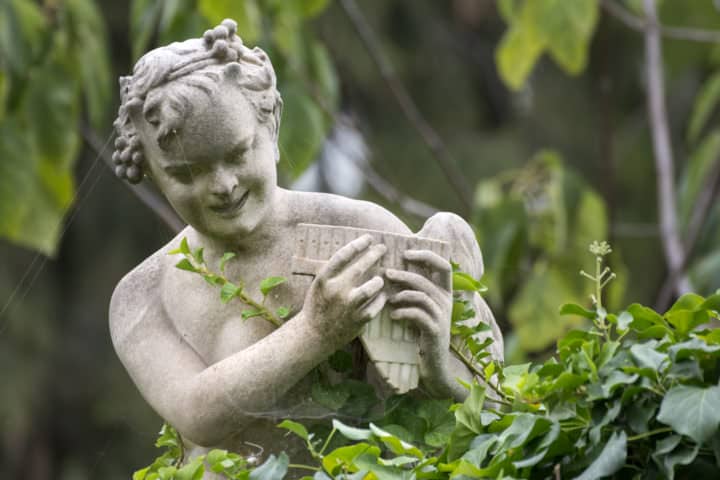 Besides there being gods and goddesses in Greek mythology, there were also a fair amount of creatures. While some of these creatures had a fairly minor role, others were a bit more prominent. The Satyrs did have an important place in the stories, and they were often associated with Dionysus, the god of wine. Here’s more information about who the satyrs were and what they were known for:
Besides there being gods and goddesses in Greek mythology, there were also a fair amount of creatures. While some of these creatures had a fairly minor role, others were a bit more prominent. The Satyrs did have an important place in the stories, and they were often associated with Dionysus, the god of wine. Here’s more information about who the satyrs were and what they were known for:
Who the Satyrs Were
There is some debate as to where the satyrs in Greek mythology actually originated. Some believe that worship of them began somewhere between 1550 B.C. to 1100 B.C. They are usually associated with Dionysus, the god or wine, and worship of the satyrs with the god began in Ancient Greece, especially on the island of Crete, around that time. Essentially, worship in Greece of Dionysus and the satyrs took place wherever wine was popular. Since grapevines grow in Greece as a whole, this encompassed nearly all of Ancient Greece.
Adherents of the cult of Dionysus worshipped in a bit of a frenzy. They drove themselves into a frenzy by a combination of excessive wine-drinking and ecstatic dancing. Sometimes this group of followers is entirely female (the maenads), and sometimes it includes males as well. In art, the male followers of Dionysus may be depicted as satyrs, sometimes playing musical instruments.
Satyrs are often depicted with a thyrsus, which is a type of wooden staff is topped with a pine cone. Besides the satyrs, Dionysus is also depicted with this. It represents the forest and uncivilized wooded areas where Dionysus, the satyrs, and the nymphs and maenads were said to be found. They may also be depicted chasing the mortal female followers of Dionysus, the maenads, or dancing with nymphs, mythological female creatures that represent the properties of nature.
Satyrs and the Cyclops
Satyr plays were an established genre of ancient Greek drama. Although there were a few of them, not all of them have survived. In fact, there is only one that survived. Aeschylus is said to have written a number of plays, but none of his have survived into the present. The only ancient play to have survived in its entirety that makes reference to satyrs is the drama “Cyclops” by Euripides. “Cyclops” was written in the 5th century BCE. Its performance served as a light-hearted “tail piece” to conclude the lengthy, tragic drama festivals that were performed to honor the god Dionysus.
“Cyclops” is Euripides’ telling of an incident that also appears in the Homer’s “Odyssey.” The mortal human hero Odysseus arrives on the island of the one-eyed, monstrous son of the god Poseidon known as the Cyclops. Trapped in a cave by the monster, Odysseus uses a burning log to blind the creature in its one eye. In Euripides’ telling, the action is narrated by a chorus of satyrs who pantomime the action in an exaggerated, burlesque-type style.
As you can see, the satyrs were a part of Greek mythology. Although not as possible as the gods and goddesses themselves, they did have an active place in the stories.
Source:

